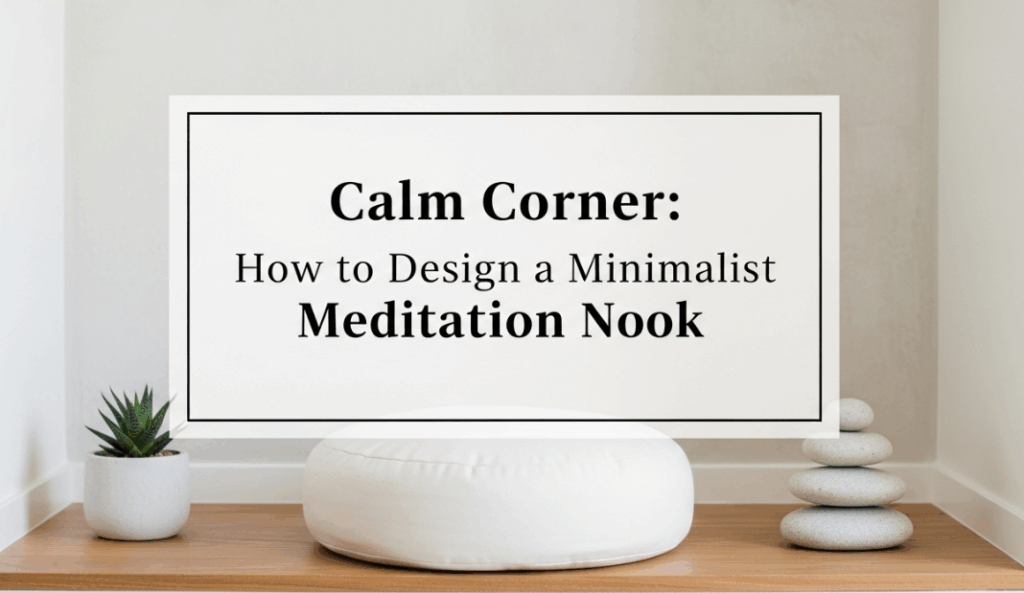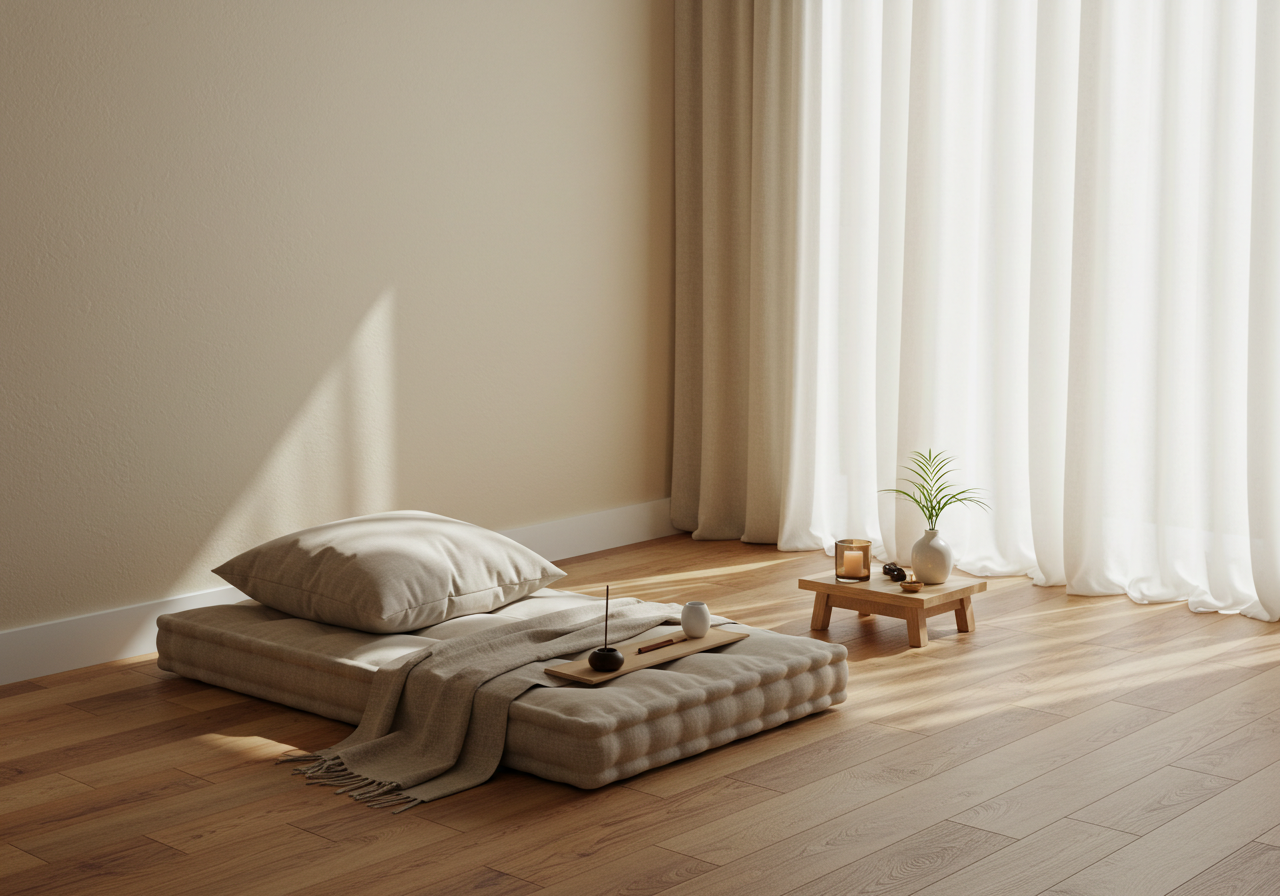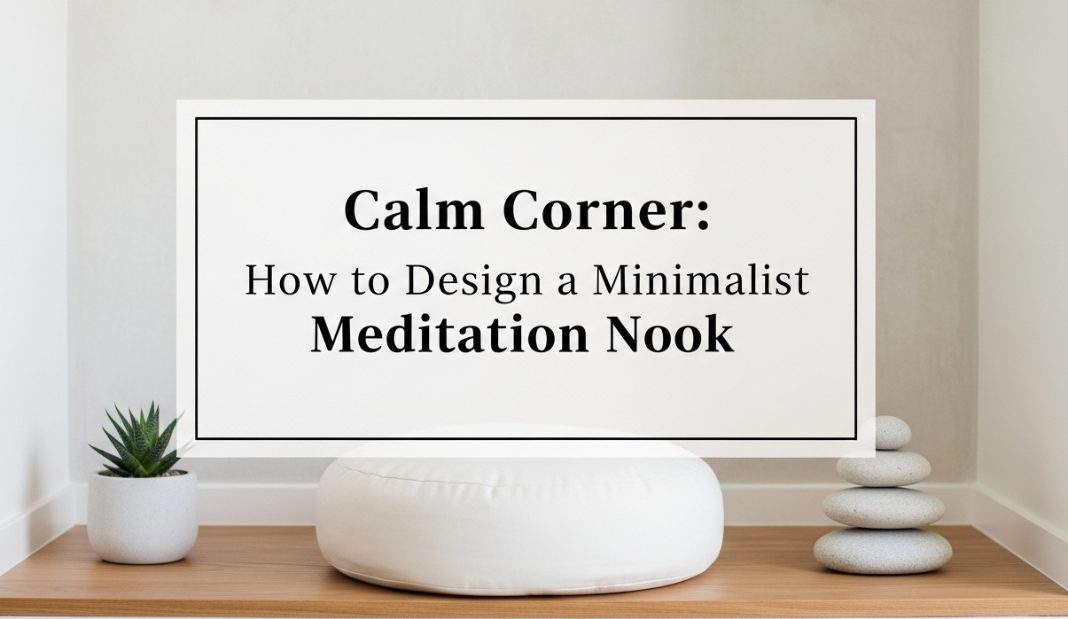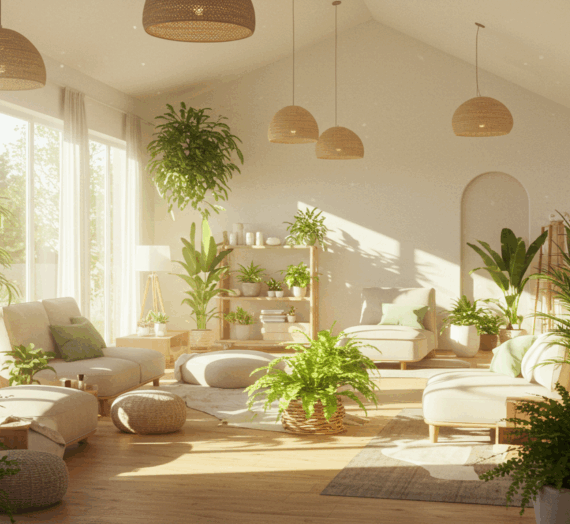
Introduction: Carving Out Peace in a Chaotic World
In the midst of everyday noise and digital overload, a minimalist meditation nook can become your personal oasis. It’s not just about décor; it’s about creating a sanctuary for your mind, body, and soul. Whether you live in a spacious home or a small apartment, transforming even a corner into a space for stillness can support a more mindful and balanced lifestyle.
Why Meditation Spaces Matter

Creating a designated indoor wellness space, even a small one, invites a regular habit of mindfulness. Studies have shown that having a dedicated area for meditation helps reduce stress, improve focus, and increase emotional clarity. Minimalist spaces by their very nature eliminate distraction and foster serenity, making them ideal for restorative practices.
For scientific reference on the effects of meditation on stress and well-being, see the review summary at PubMed Central. Read the review on meditation programs and psychological stress reduction (PubMed Central).



